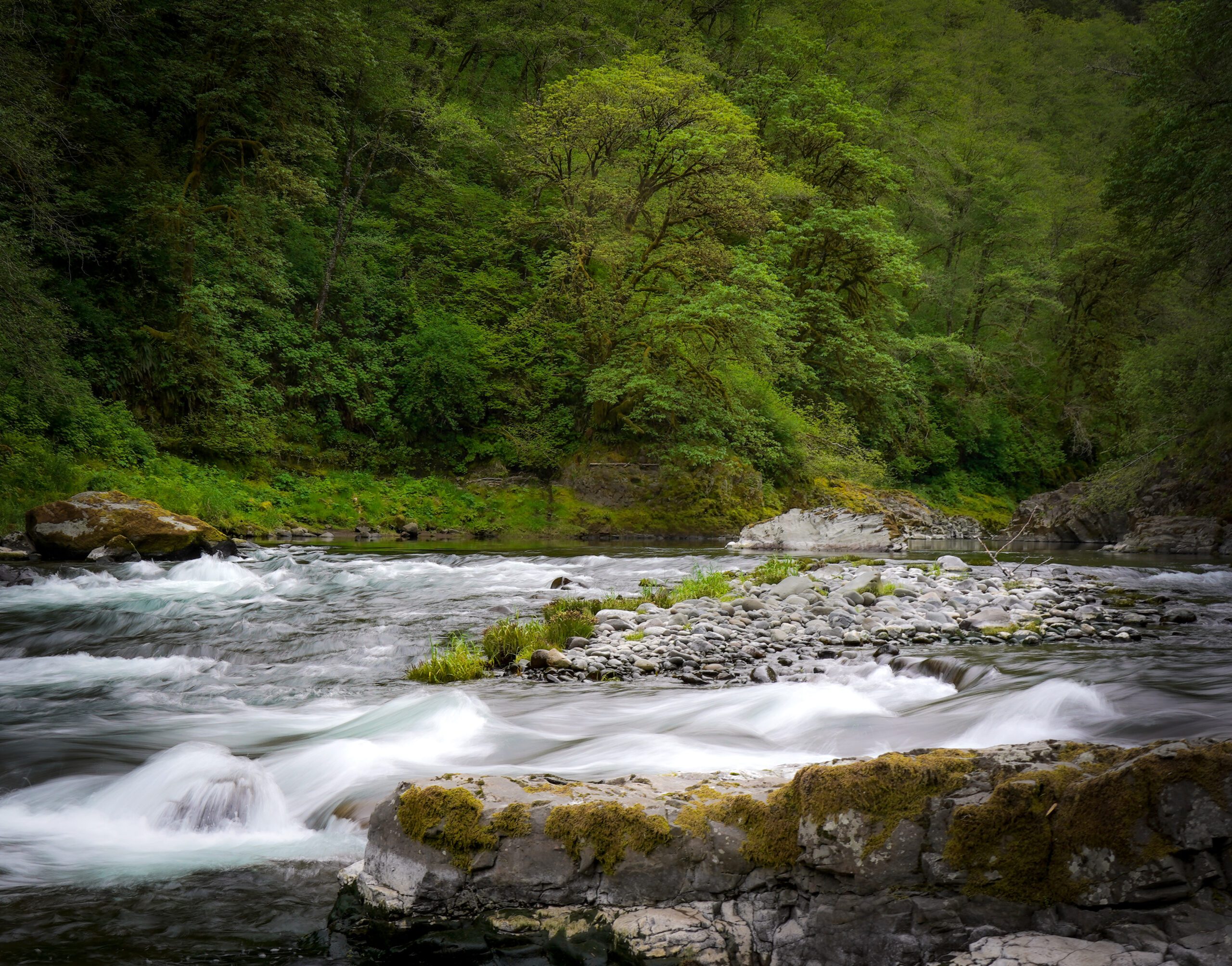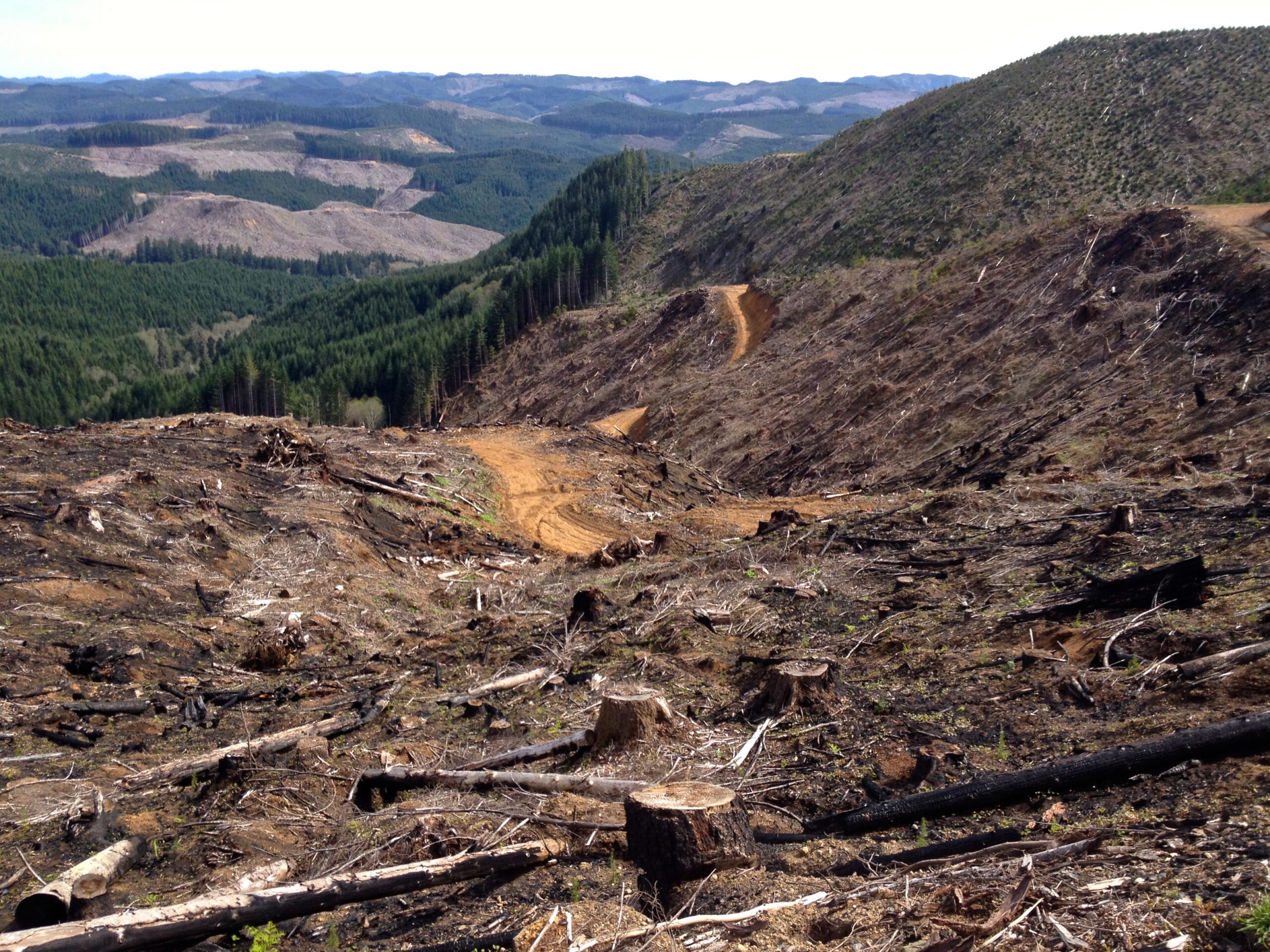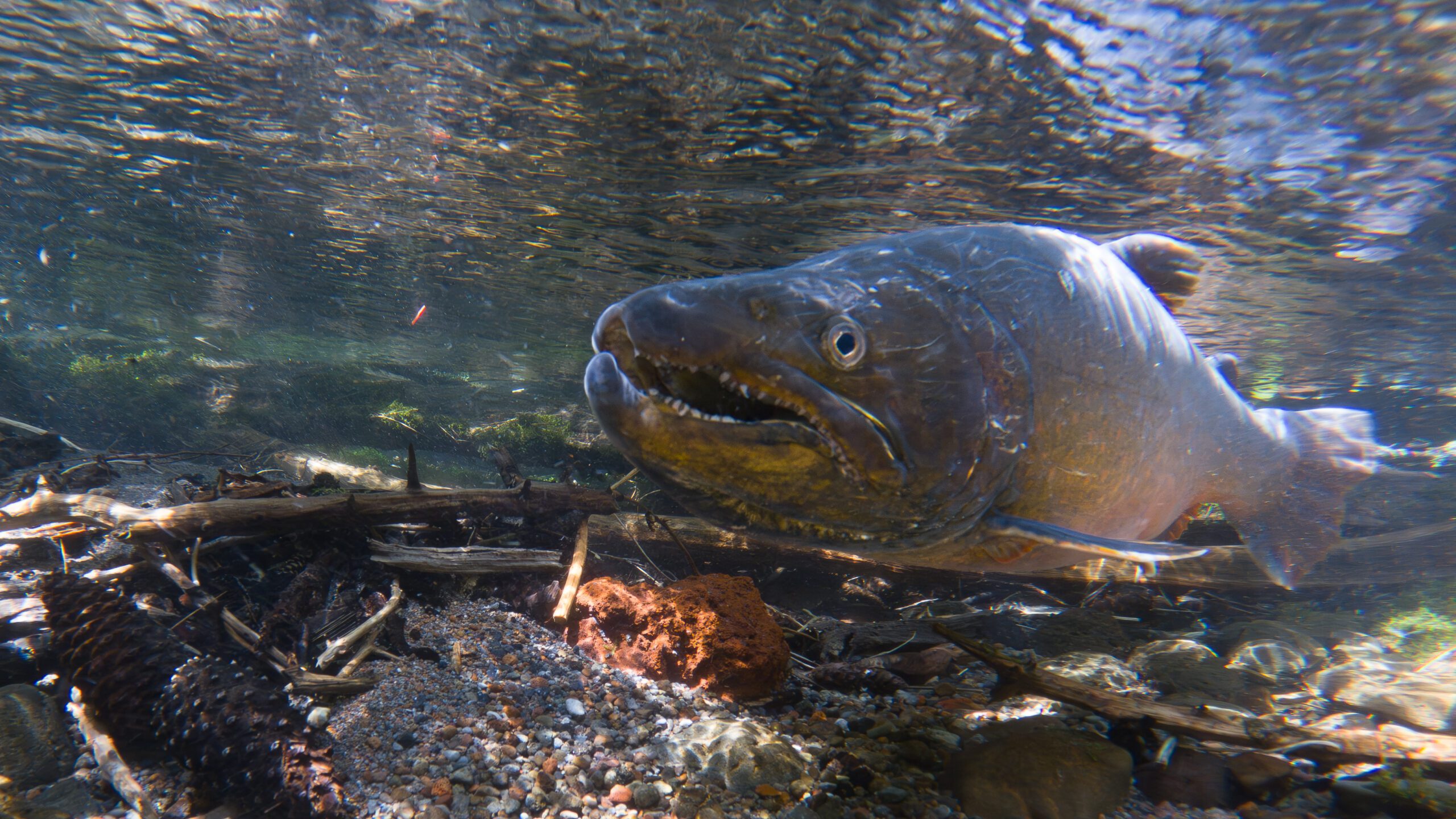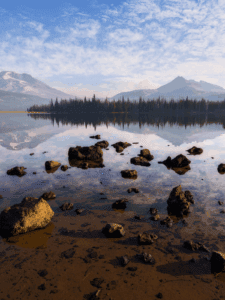Reforming Private Forest Laws
In 2021, Oregon’s private forest laws were desperately in need of reform when Oregon Wild and conservation partners negotiated an update to the laws to protect streams, amphibians, and fish across 10 million acres of private, county, and municipal forests. The agreement between 13 conservation and fishing organizations and 13 logging companies was struck in October 2021 and came to be known as the Private Forest Accord.
Despite decades of inaction by state decision-makers, influenced by the lobbying and campaign contributions of the timber industry, a grassroots movement across the state rose up to ensure that forest management reflects the values and wishes of Oregonians. We are proud to continue that work as a partner in implementing the new laws and in developing a private forest Habitat Conservation Plan that allows logging while protecting threatened and endangered fish and unique but imperiled amphibians.
We work in the halls of the Oregon Capitol, in conference rooms at the Department of Forestry, in the forest, and along the streams of this beautiful, wild state to strengthen Oregon’s forest laws with an eye on the challenges we face from the twin specters of climate change and biodiversity loss.

Protect Oregon’s threatened drinking water from extensive clearcutting in our forests.
Deforestation not only degrades water quality through increased sediment and pollutants but also reduces water quantity, impacting communities and ecosystems. Urge the Oregon Board of Forestry to take stronger action to protect our vital water sources!
-
How is industrial logging bad for the environment?
Prior to 2021, state law had fallen woefully out of date in protecting forest habitats from the harms of industrial logging. Logging rules were particularly harmful to Oregon’s fragile aquatic ecosystems. Large clearcuts extended right up to streams, heating up water, reducing water levels during the dry summer months, and increasing sediment pollution. Roads were built all across the landscape, blocking fish from accessing historic habitat and channeling more sediment to streams. Clearcut logging on a short 40-year rotation coupled with a lack of trees along stream banks deprived Oregon’s waters of large woody debris. These downed trees are essential for the well-being of amphibians and fish, as they serve to slow water flow and filter out impurities.
-
How does industrial logging impact local communities?
Oregon communities in large part rely upon forested watersheds for their drinking water. Broad stream buffers, older trees, and minimal clearcuts produce clean, cold drinking water in steady amounts that people can rely upon. Extensive clearcutting, denuded streamsides, and short rotations of herbicide-sprayed young trees are harmful to drinking water in addition to exterminating fish populations that Oregon’s Indigenous people and fishing and guiding industries rely upon.
-
What was a part of the 2021 reform?
The Private Forest Accord led to a package of legislation that passed the Oregon Legislature in March 2022. These new laws and associated rules adopted by the Oregon Board of Forestry require:
- Wider buffers along rivers and streams supported by science (including the first ever protections for headwater streams in Oregon history)
- Protection for steep slopes and landslide-adjacent streams that can reduce the risk of landslide and help deliver habitat-creating large wood when landslides do happen
- Improving forest road networks to disconnect them from streams and remove fish passage barriers
Together, these changes aim to create cool, complex, connected habitat to recover struggling fish and amphibian populations across Oregon private forests.
-
What is left to do?
Extensive clearcutting and aerial application of herbicides continue to threaten Oregon’s water supply for fish, amphibians, and humans. While the Private Forest Accord did not address aerial sprays or clearcutting, the signatories initiated a notification system hosted by the Oregon Department of Forestry, so that communities living next to industrial forestlands can be informed of what’s happening in the forest next door (whether it is a clearcut or an aerial spray application).
Included in the Private Forest Accord reforms is a new adaptive management program, designed to continually study the effectiveness of the rules and update them when necessary to protect wildlife. Oregon Wild and our allies will be working with a multi-stakeholder group and the Department of Forestry on this adaptive management approach. Folks who care about the management of neighboring forests should continue to engage and highlight issues of concern.
To implement these newly-protective private forest laws and insure the survival of our fish neighbors, we work alongside the Wild Salmon Center, Trout Unlimited, KS Wild, and many other dedicated conservation organizations.


Key Staff
- Juan Pablo San EmeterioWestern Oregon Field Attorney
- Steve PederyConservation Director


